I was looking at my tea cupboard. It used to be a shelf, that once was a small box that sat on my counter and thought about tea expiration. When should I say goodbye to some teas I’ve been holding on to for a long time. Maybe I don’t have to toss them? There are many variables that could make your tea go bad. There are just as many more to keep your tea safe for years. Yes.. years. So, how long does tea last?

Do teas really expire?
All single origin teas come from one place: Camellia sinensis plant. The plant, the amazing tea plant is where they start. After that is where the change begins. A tea leaf is picked and processed according to the tea it will become. The process is important. During that process that tea will no longer be equal but will be decided by the process it undertakes.
The processing is what defines them and creates them. That process makes each tea have it’s own characteristics and character. Besides processing there are other factors including origin. The same tea from different areas will take on the flavor of the area around it (air, soil, water). That’s how one plant grows into hundreds if not thousands of teas for us to brew.
The more fermented the teas the longer they will retain their flavor. Because flavor and health benefits are what we are concerned about. While most teas do not have an expiration date they have a “best if used by” date. Because the tea itself does not spoil or expire but loses its savour.
The order of most fermented teas to least generally go like this:
Black
- Fermented
- Longest shelf life
- Up to 24 months
White
- Processed with some fermentation
- Said to age the best
- Up to 24 months
Oolong
- Semi-fermented
- Up to 24 months
- Depends on the processing
Yellow
- Lightly fermented
- Closely resembles green tea processing
- 18-24 months
Green
- Least processed
- Shorter time
- Up to 18 months
Most teas will age and lose their flavor, color and potency. Some teas may mold if they contain moisture or are exposed to moisture. The flavonoids contained in the teas will lose their potency. Depending on how they are stored will depend on how fast or slow this process will transpire. But, it will happen. Tea will lose its potency over time. It will happen.
Tea will deteriorate with age not only will it lose its flavor but it will also lack in its health benefits. The freshest tea the better. But how do I know if my tea is fresh? Besides an expiration date you need to rely on the senses. My mom used to tell me your nose knows when it came to detecting freshness in the kitchen. It applies with tea as well.
Smell – Fresh tea should smell fresh. It will have a strong, distinctive aroma likened to that particular tea. Black teas will smell earthy, roasted. Green teas will smell grassy and fresh.
Steeped – Steeping your tea will unmask it’s scent and you will be able to smell an array of different scents from the body of the tea.
Color – tea should be free of any mold or mildew. The colors vary from bright green to black depending on the fermentation. Black teas will of course be more black, greens are more green or light brown and white teas can be light brown to grey. The only exception is silver needle tea that has a hairy leaf appearance that is normal.
Feel – Tea should not crumble or fade to dust in your hand. A fresh tea leaf will be sturdy and somewhat smooth.
Taste – You will taste the different notes in a fresh tea. The fresher the tea the more notes will be noticeable. The older a tea gets those notes or flavors will disappear. If you review teas like I do, a fresh tea is what you want to taste to give the best opinion of the flavor of that particular tea.
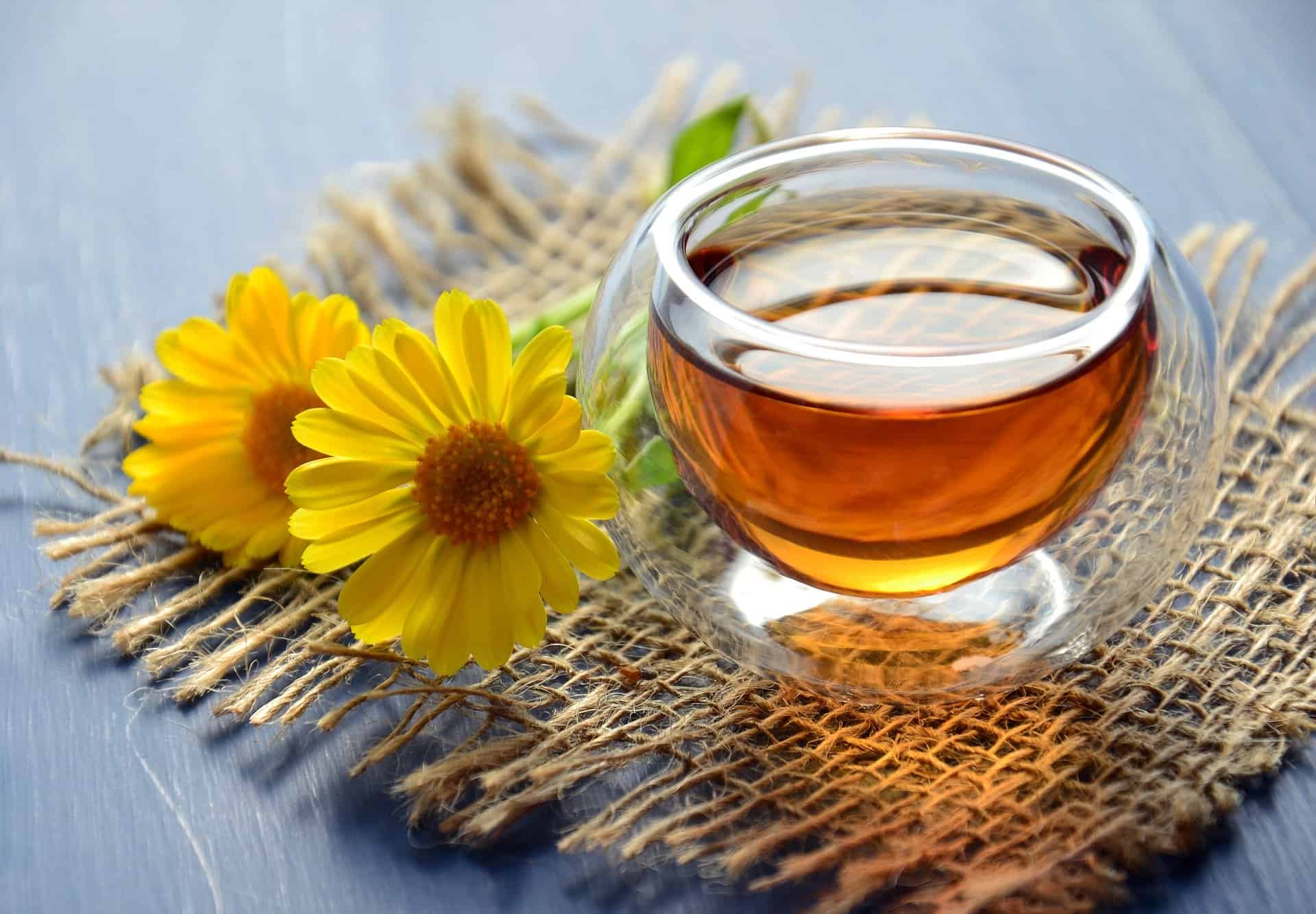
How do you know your teas are compromised
There are some teas that get better as they age. These teas are the most fermented and get better as they age, some of these can be as old as 20 years or more. They are special teas. Processed in a completely different and unique way then loose leaves tea. There are different types of these teas some are raw, ripe, aged or up aged. They all have a different shelf life as well and need to be protected from the elements for their longevity.
Pu’erh – The longer a pu’erh is stored it becomes richer and mellow. Pu’erh can be raw or ripe. Possible storage is 5 to 50 years. It’s not an easy answer. But we do know a pu’erh tea can last a long time.
Some White – Often referred to as one year tea, three year medicine and seven year treasure. The white teas will become better for medicinal purposes as they age. One after use for the tea once it’s past its drinking prime. Plus, most white teas you receive are already aged.
Certain Oolongs – depending on the fermentation an oolong can last well past its expected use date. The more fermented and processed the longer a tea can stay preserved. Especially if that tea is stored in a safe and secure place.
If you have dried tea. Either loose leaf or bagged tea. Store away from light, heat, water and air so you can preserve those teas indefinitely. But my suggestion is about 2 years. Teas as with most food products will lose their luster no matter what you do to try to preserve them.
There is no tell tale sign that will tell you when your tea is expired. There are a few things you can do to acknowledge that your tea has passed its prime.
As teas age they lose their flavor. The oils that are within the tea dissipate. The longer a tea sits, the less flavor it will hold.
Date – Not only the date that you purchased your tea. When was this tea created? How long was this tea sitting on the shelf? Date is probably the best thing we have to determine the freshness of a tea. That date also can determine if the tea is deteriorating because of age.
Smell – Tea has a certain scent. Each tea is different and unique but your nose will guide you to knowing a tea has lost its flavor or scent. Your tea will smell bland and the scent will fade.
Look – Mold is mold and that will be obvious to you that your tea is gone. But not all teas will mold. Some will become more brittle and darker as they age.
Taste – I refer to this as dishwater tasting tea. It just has a hint of flavor and a very washed out body.
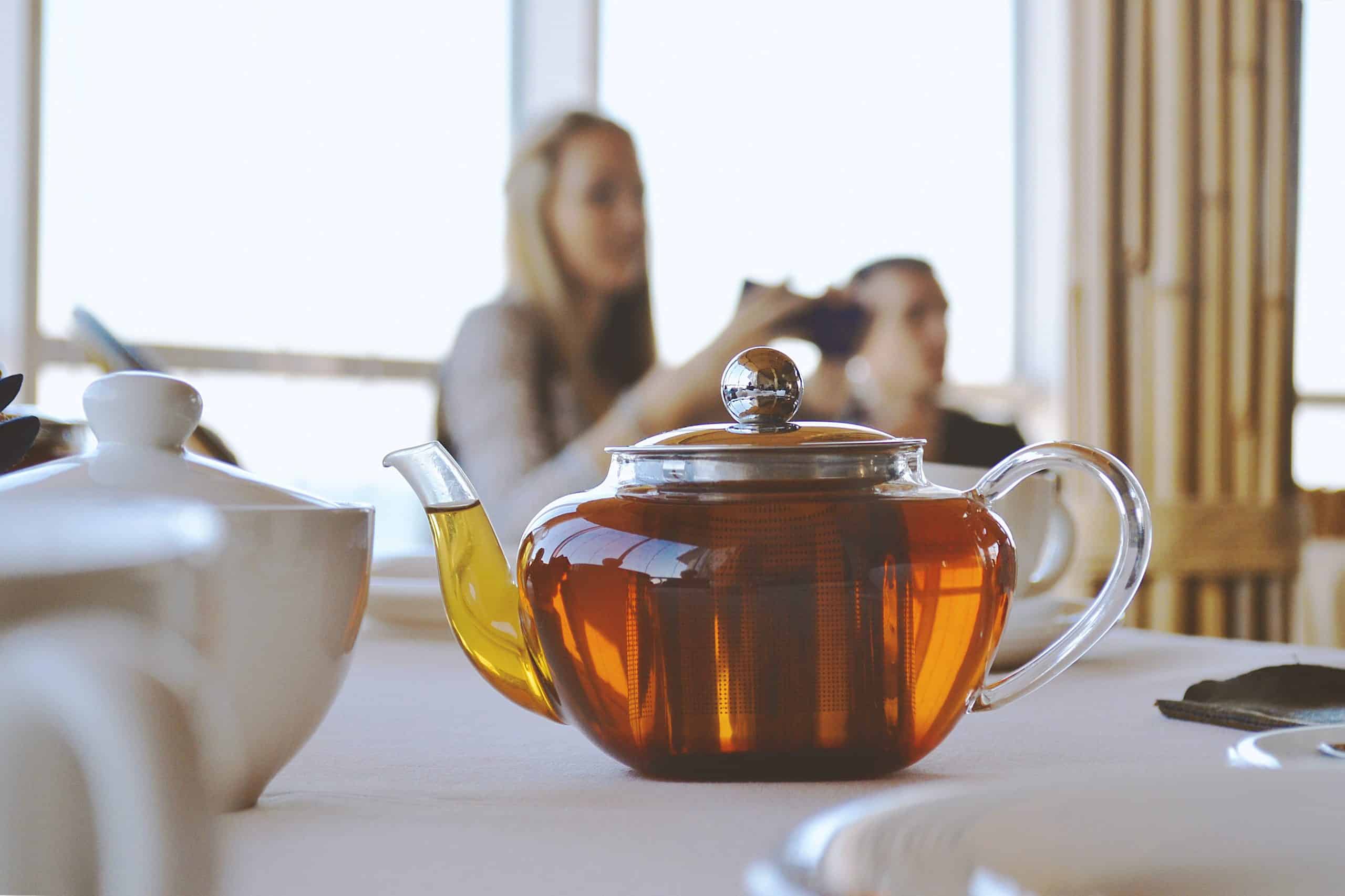
What is the best way to store tea
You will want to store your tea away from the elements:
- Light
- Heat
- Air
- Odor
- Dampness
Container – Store teas in a secure dark tinted glass container. Stainless steel and airtight is the best choice. No containers? Put your tea into a brown paper bag for a short period of time.
Temperature – store at room temperature, do not freeze your teas. Keep teas away from all heat sources. One time I used my crock pot under my tea cabinet. Big mistake, the heat really warmed up that area.
Darkness – Teas love to be kept in the dark. Store them in a pantry or cupboard where they will be secluded away from light sources.
Water – Don’t store your teas in areas that are damp. Do not store over the stove because the humidity from the heat can disrupt the leaves.
Scents – Unless you want your teas to pick up that spice scent from your species don’t store them around other species. Teas will absorb the scent around them.
Always seal the original pouch or container if you cannot find a container to secure them in.
Try to use your teas within a months time after opening (good luck)
Precautions
- Don’t store in glass or plastic containers. Light can still filter through to the leaves even if stored in a pantry or cupboard.
- Never use a wet utensil to remove the tea leaves
- Make sure your container is airtight. The less exposure to the elements the longer life you will give your tea.
- Freezing your teas is not something I suggest. The freezer or refrigerator can cause condensation. There are ways to do it in detail. No reason for anyone to really freeze a tea if they follow the other methods of storing tea leaves.
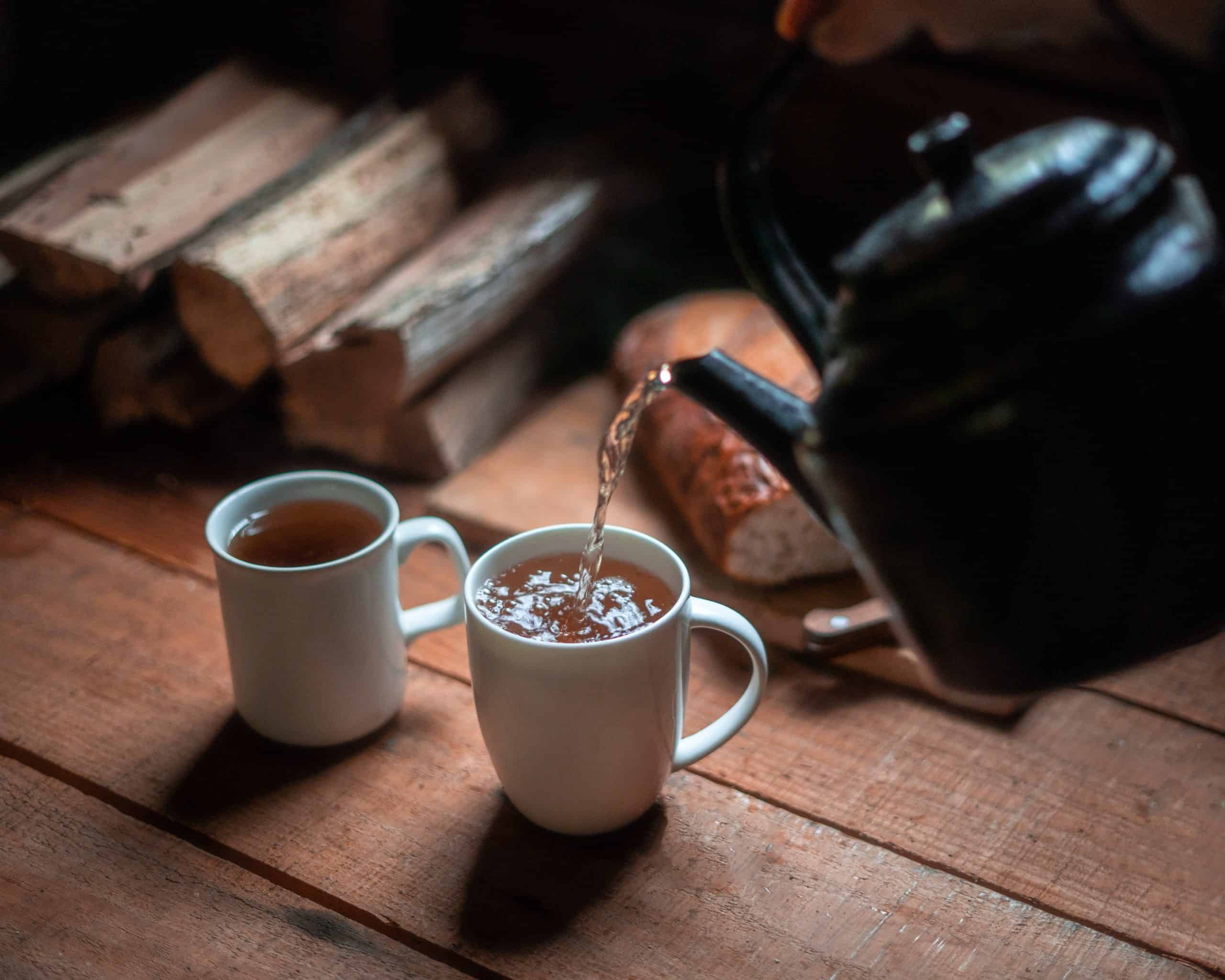
Conclusion
Oh and one more hint! Date your teas. I’ve made this mistake so often with not only teas but other repackaged items. When you are storing your teas make sure to put a date on them. It really just takes away the guessing game.
Tea drinkers have high expectations for their teas. By keeping teas protected they last longer. This benefits the body longer and retains their taste. No one likes an inferior tasting tea.
Some storage ideas for your teas:
Japanese tea canister tin air-tight / 200g tea capacity
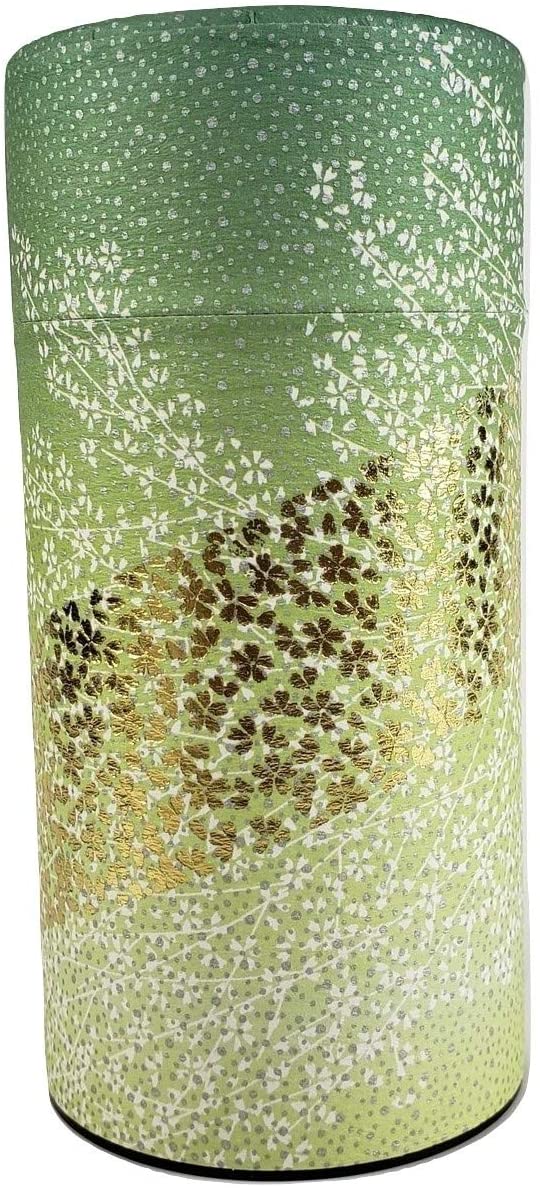
This is a beautiful Japanese designed canister that is air-tight and holds 20 grams of tea. The design is too beautiful to hide in a cupboard and could be placed right on the table or counter. Air-tight outer metal lid with a food grade inner lid. Smooth surface and made in Japan.
Teavac 6-Ounce Vacuum Sealed Tea Storage Container
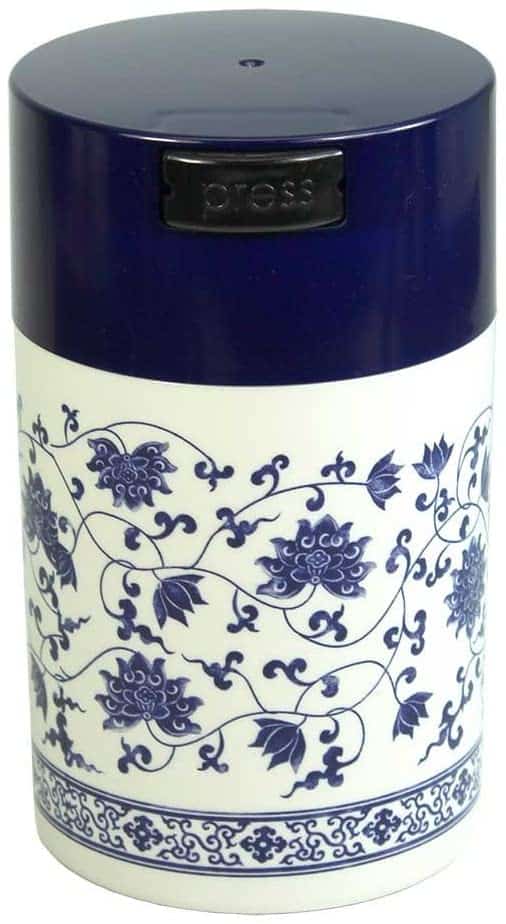
The Teavac comes in many different designs. Six ounces vacuum sealed tea container. Food grade BPA plastic. Reusable and durable. Keeps tea fresh with an easy push button vacuum seal. Holds up to 6 ounces. Great for both dry and wet goods!
Silver Onyx 4 piece tea canisters
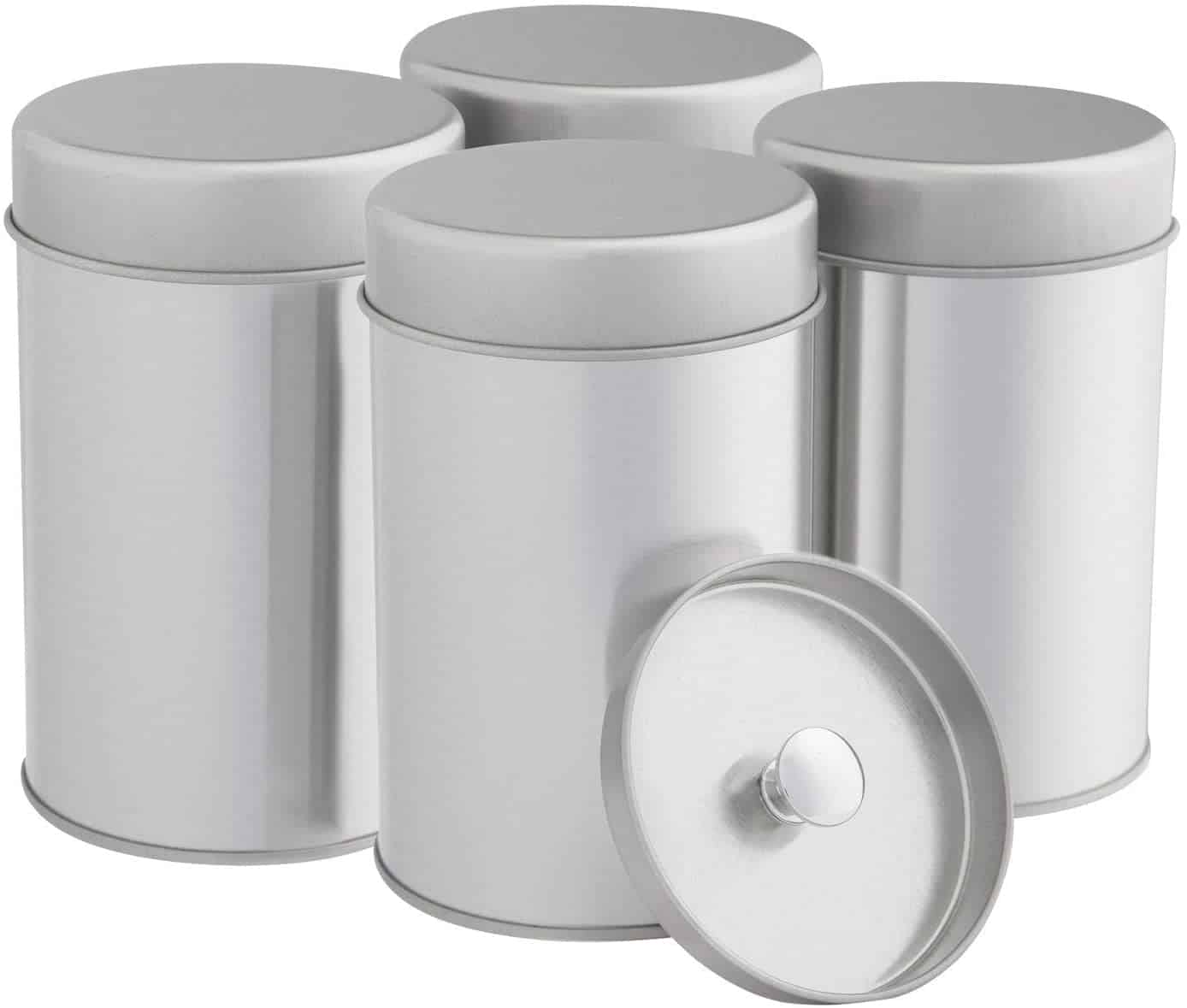
Because sometimes you need more than just one tea canister. These are airtight containers. They are double lidded and made from recyclable food grade tinplate. Each canister can hold between 2.6-4 ounces.
Ceramic Canister with bamboo lid
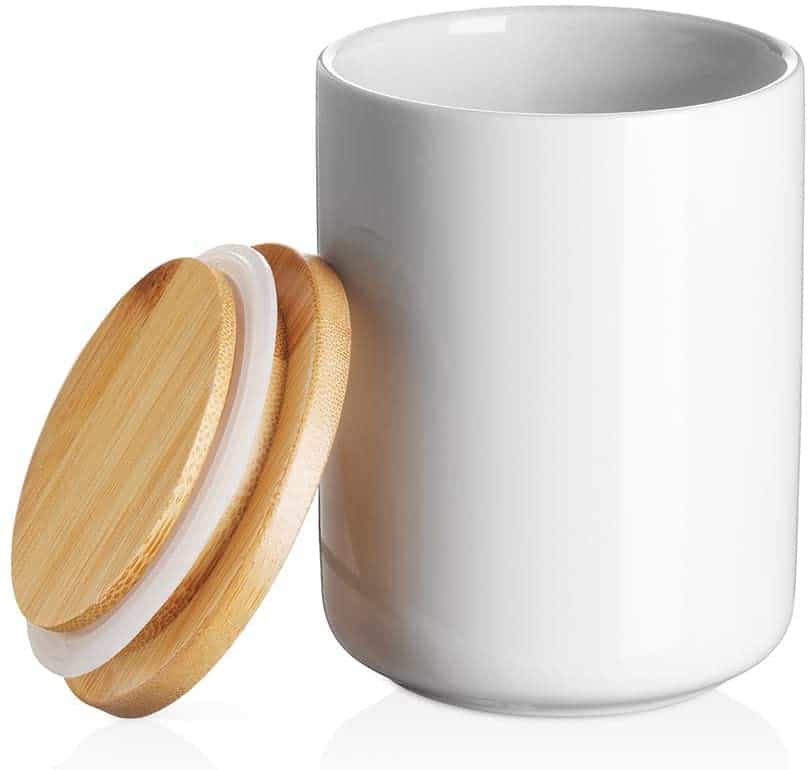
Clean crisp look. Holds up to 14 Fl ounces. Canister measures 3.15 x 3.93 inches. Made of high gloss porcelain with a silicone sealing ring for an air-tight seal. Lead free and food safe. Lid is made from bamboo.

